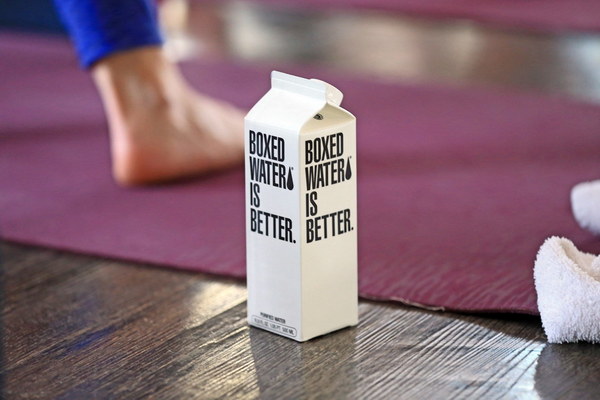Nurturing Your Body Back to Health A Guide to Treating Cadmium Poisoning
Cadmium poisoning is a serious health concern that requires immediate attention and proper treatment. This toxic metal can enter the body through various sources, such as contaminated water, air, and food. When exposed to high levels of cadmium, the body can suffer from severe damage to the kidneys, liver, bones, and respiratory system. If you suspect you have been exposed to cadmium, it is crucial to seek medical attention and follow a comprehensive plan to nurture your body back to health. In this article, we will explore various methods to help you manage and recover from cadmium poisoning.
1. Seek Immediate Medical Attention
The first step in treating cadmium poisoning is to consult with a healthcare professional. They can conduct a thorough evaluation, including blood and urine tests, to determine the extent of your exposure and the severity of the poisoning. Based on the results, your doctor will recommend appropriate treatments and monitor your progress closely.
2. Detoxification
Detoxification is a crucial aspect of treating cadmium poisoning. This process involves removing the toxic metal from the body. Here are some effective detoxification methods:
a. Chelation Therapy: Chelation therapy involves the use of chelating agents, such as EDTA (ethylenediaminetetraacetic acid), to bind to cadmium and facilitate its excretion from the body. This treatment is typically administered intravenously and requires close monitoring by a healthcare professional.

b. Diet: A balanced diet rich in antioxidants and fiber can help support the body's natural detoxification process. Include foods such as fruits, vegetables, nuts, seeds, and whole grains in your diet.
c. Hydration: Staying hydrated is essential for promoting the excretion of cadmium and other toxins. Drink plenty of water throughout the day, and consider adding herbal teas or infused water with fruits and herbs.
3. Managing Symptoms
Cadmium poisoning can cause a range of symptoms, including fatigue, joint pain, nausea, and kidney damage. Here are some strategies to manage these symptoms:
a. Pain Management: Over-the-counter pain relievers, such as acetaminophen or ibuprofen, can help alleviate joint and muscle pain. Consult with your doctor before taking any medication, especially if you have pre-existing health conditions or are taking other medications.
b. Nutrition: A well-balanced diet can help boost your energy levels and support your body's recovery. Focus on consuming nutrient-rich foods, including lean proteins, healthy fats, and complex carbohydrates.
c. Rest: Adequate rest is essential for recovery. Ensure you get enough sleep each night and take breaks during the day to rest and recharge.
4. Supportive Care
Supportive care is vital in treating cadmium poisoning, as it helps to manage symptoms and promote overall well-being. Here are some supportive care measures:
a. Physical Therapy: If you experience joint pain or muscle weakness, physical therapy can help improve your mobility and reduce discomfort.
b. Psychological Support: Dealing with cadmium poisoning can be mentally and emotionally challenging. Consider seeking support from a mental health professional or support group to help you cope with the stress and anxiety associated with this condition.
c. Regular Follow-up: Schedule regular follow-up appointments with your healthcare provider to monitor your recovery progress and adjust your treatment plan as needed.
5. Prevention
To prevent future exposure to cadmium, take the following precautions:
a. Test Your Home's Water and Air: If you suspect that your home's water or air may be contaminated with cadmium, have them tested by a professional.
b. Choose Safe Foods: Purchase organic produce and consume fish that are low in mercury and cadmium, such as salmon, tilapia, and shrimp.
c. Be Mindful of Workplace Hazards: If you work in an industry where you may be exposed to cadmium, follow all safety guidelines and wear appropriate protective equipment.
In conclusion, treating cadmium poisoning requires a multi-faceted approach that includes medical intervention, detoxification, symptom management, supportive care, and prevention. By following these guidelines, you can nurture your body back to health and minimize the long-term effects of cadmium exposure. Always consult with a healthcare professional for personalized advice and treatment options.









